Run, hide and fight: Active shooter and situational awareness event held on campus
March 10, 2023
Shad Crowe, vice president for Facilities and Emergency Management, urged staff and students to be attentive and aware of their surroundings during an informational session on situational awareness and response to a deadly shooter incident.
A group of 17, including students, staff and faculty, gathered in Hislop Hall on Feb. 21 to learn how to spot warning signs or potentially dangerous behavior and what to do when a threatening situation arises.
“What I’m saying is, everybody in this community owns a piece of this, whether they want to or not, we all own a piece of this,” Crowe said.
Community members’ awareness of their surroundings is vital in case a threatening situation occurs. Questions to test awareness include: How many exits are in the building? What color is the car you parked next to? Do you know where the nearest exit is at the moment? Are you noticing, or are you on your phone?
About 95% of homicides are committed by people who aren’t diagnosed with a mental health disorder, according to Crowe.
“It’s not the people you think are crazy; it’s normal people but you just don’t know,” Crowe said.
Warning signs of a potential shooter or aggressive deadly behavior include irate and antagonizing behavior, someone having a string of bad days or overreacting for minor reasons and conceptualizing and talking about guns.
If an active shooter situation arises and officials call for a lockdown, that means staying in place, said Crowe. If a lockdown is not announced, the best course of action is to ‘run, hide and fight.’ Every situation is different so he encourages people to respond to the circumstances at the moment. If facing an attack, try to obstruct the attacker’s balance and airways. Crowe says it’s best to practice being mentally prepared to not freeze during emergencies.
Some tips that increase awareness are:
- Vary the entrance and exit doors you use entering a building to familiarize yourself with the layout
- Be attentive when someone walks in the door
- Notice the cars you walk next to and the people you sit next to
- Don’t allow unusual behavior like someone shutting the door when they enter a room
When trying to stress the importance of paying attention to surroundings, Crowe compared violent predators to sharks ready to attack.
“How do sharks eat?” Crowe asked.
They swim by repeatedly, closer and closer, checking if the prey reacts.
“That’s what these bad guys do,” Crowe said.
School shooters often perform dry runs and get to know a location and target areas within it.
“It’s incumbent upon all of us to pay attention,” Crowe said.
Some attendees voiced concern about an insufficient officer presence on campus and the access that delivery services, such as Amazon, FedEx and food delivery vehicles, have to campus.
“Manpower would really be a better deterrent,” said John Keating, supervisor of Utica University’s athletic dome. “During COVID we had a guard at the front. Only our people could get in, so I think it’s wild that we talk about how important this is, but then an $18 an-hour job we can’t handle?”
Crowe said other jobs offer more pay to potential employees and even law enforcement is struggling to get officers.
Vice President of DEI and Student Transition Anthony Baird questioned whether creating a fortress or being disguised is better for the campus. Crowe assured attendees that the Utica campus is surrounded by a number of police departments and unarmed security officers are more approachable to students.
Since beginning his job on Utica’s campus, Crowe has implemented access control and strategic camera placement in areas of low visibility and improved lighting on campus, including parking lots and pathways. These act as deterrents to aggressive or violent actions.
Crowe is working in several areas to increase safety. One safety measure includes implementing a loading dock which would act as a checkpoint for delivery vehicles and personnel. He is also working on a silent barricade to provide protection for the building and points of entry in the case of an intentional or unintentional accident. Crowe also mentioned increasing safety in high-traffic areas such as the library that often have visitors.
On March 24, Crowe and his team will roll out an app by AppArmor called USAFE that will integrate the current campus alerts app. The app will have features where students can report tips, share ‘friend walks’ that invite a friend on campus to monitor the user’s location as they walk from place to place, submit requests for facility updates, access a live Twitter feed during games, and more.
Crowe encourages students to download the app once it comes out to increase communication between students and safety personnel in a simpler manner.

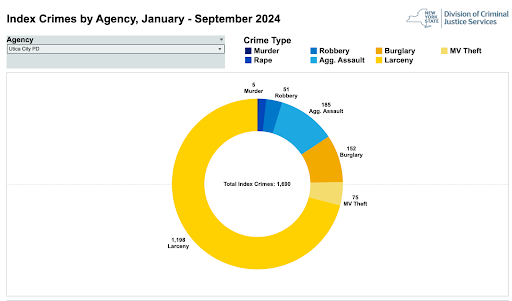
















![President Todd Pfannestiel poses with Jeremy Thurston chairperson Board of Trustees [left] and former chairperson Robert Brvenik [right] after accepting the university's institutional charter.](https://uticatangerine.com/wp-content/uploads/2023/10/unnamed.jpeg)



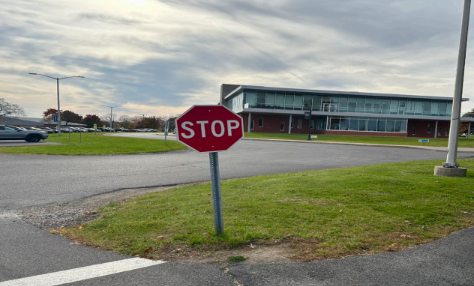














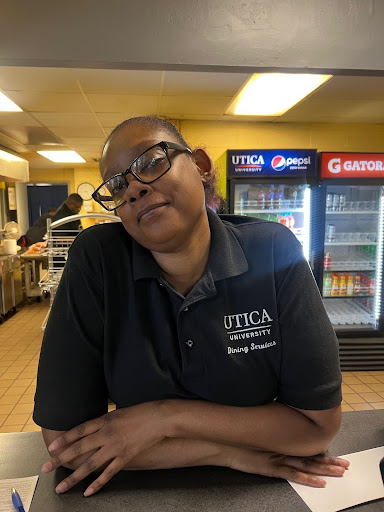
















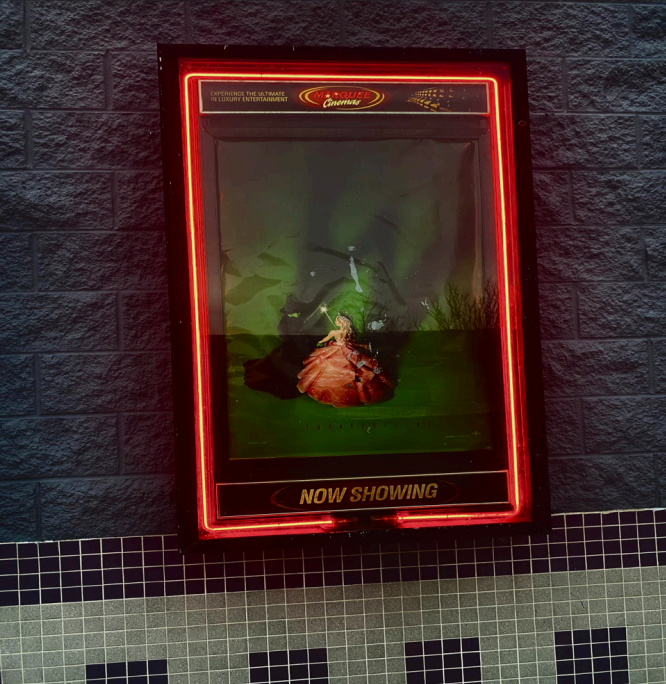



































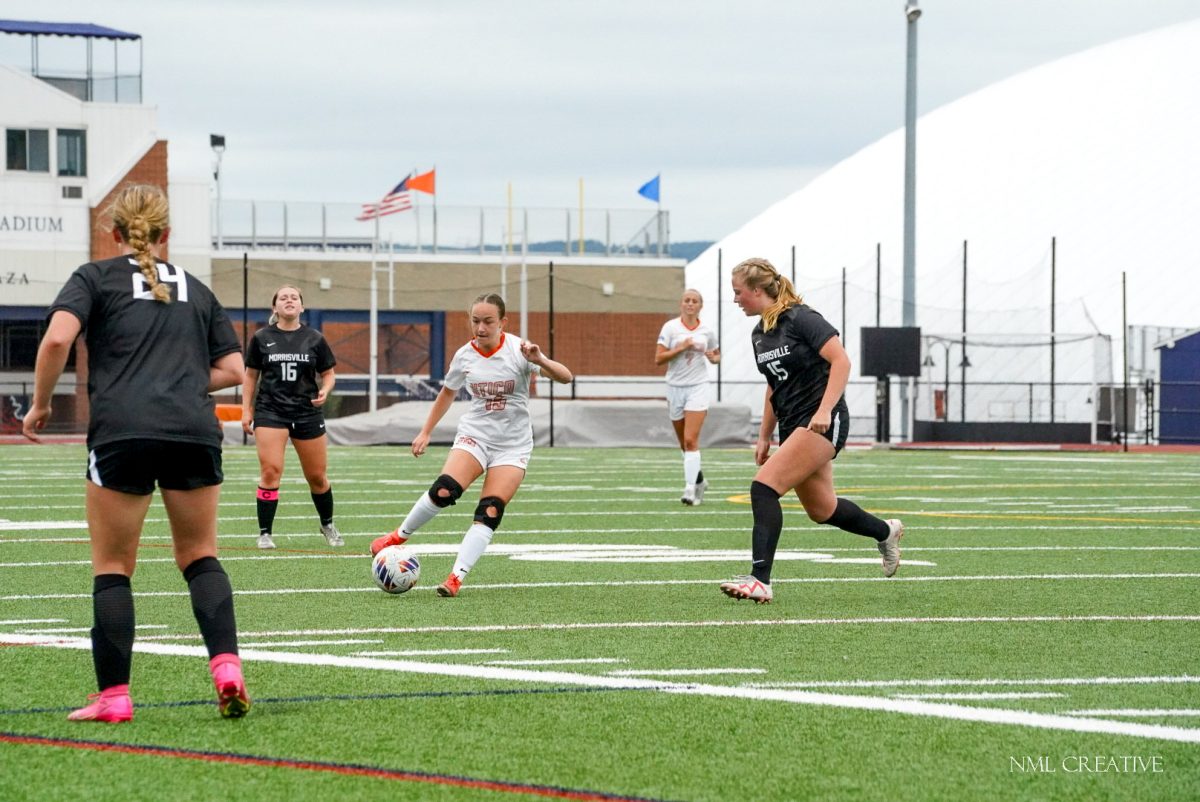







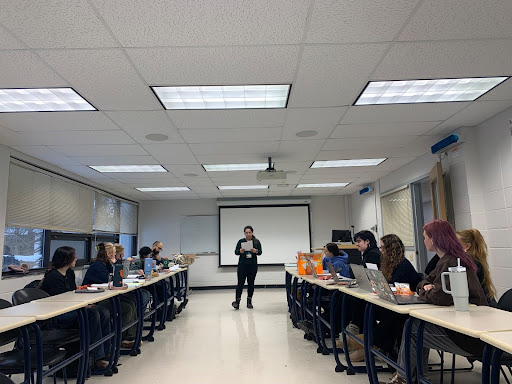


































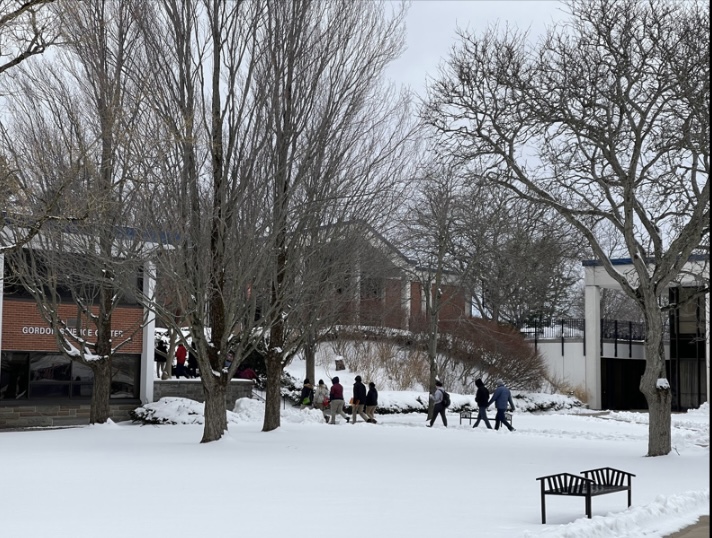


Mark Larson '85 • Mar 11, 2023 at 8:19 am
“Vice President of DEI and Student Transition”
Eliminating that useless political position would no doubt free up funds to attract qualified security officers.